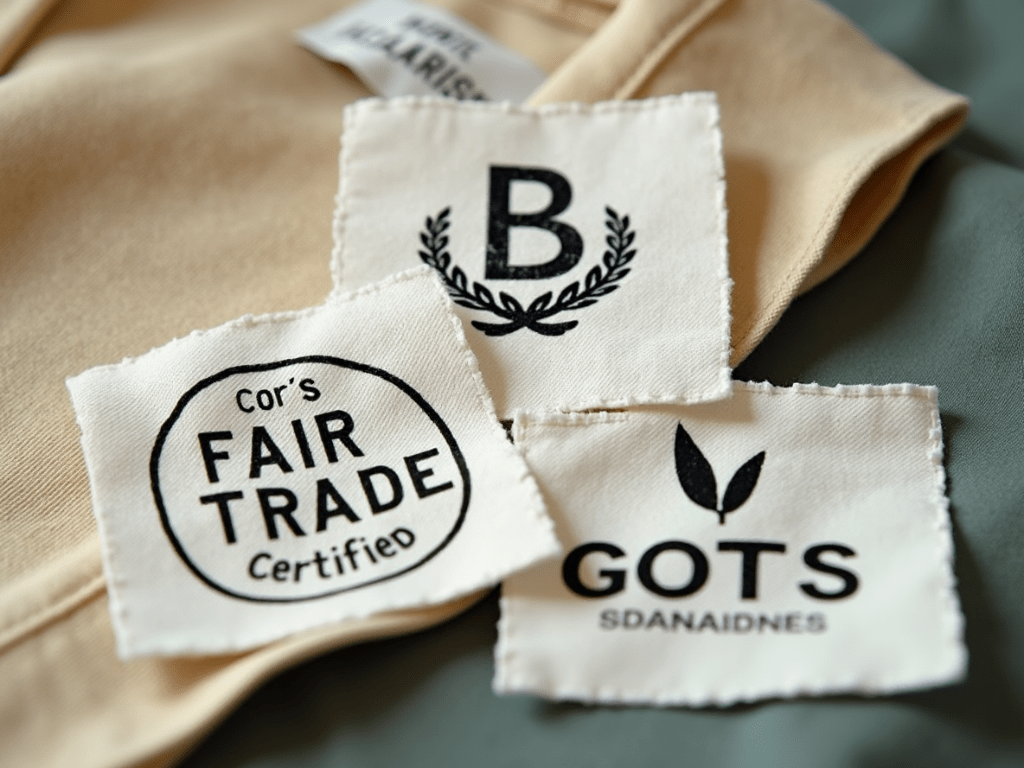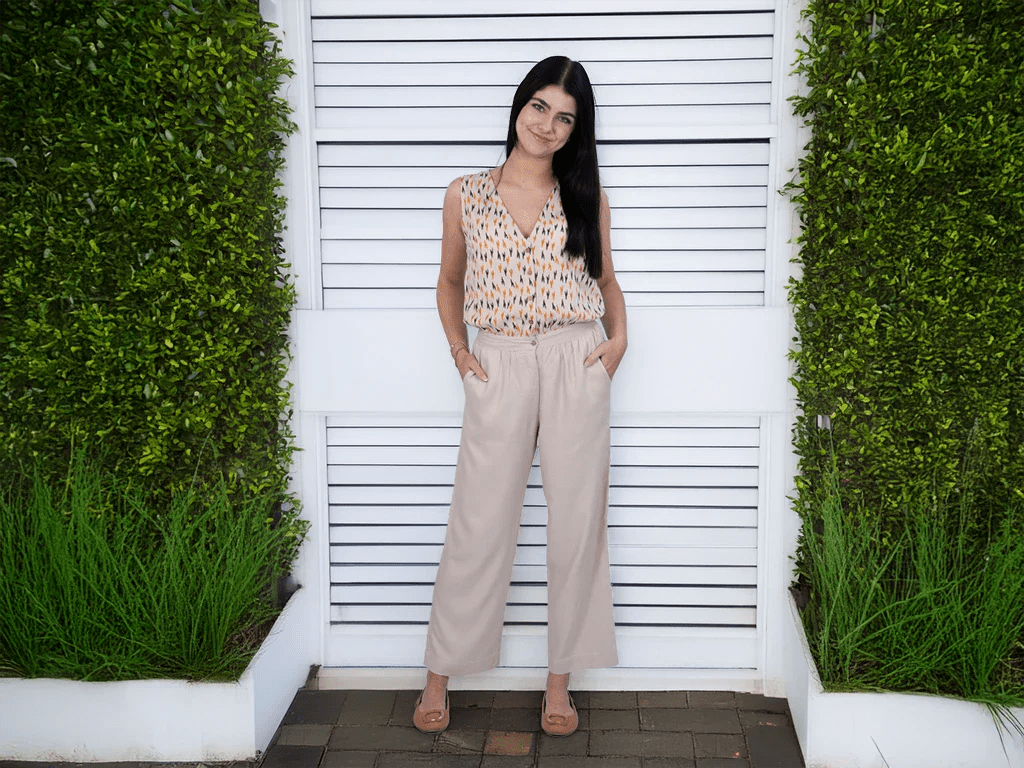
How to Identify Truly Sustainable Fashion Brands: A Consumer’s Guide
In recent years, the fashion industry has made significant strides towards sustainability. As consumers become more environmentally conscious, the demand for eco-friendly and ethical fashion has skyrocketed.
However, the term "sustainable fashion" can often be misleading, with many brands using greenwashing tactics to appear more environmentally friendly than they actually are. This article serves as a guide to help consumers identify truly sustainable fashion brands and make more informed purchasing decisions.
1. Understand What "Sustainable Fashion" Means?
Before diving into identifying sustainable brands, it’s essential to understand what sustainability in fashion truly entails. Sustainable fashion is about reducing the environmental impact of clothing production, supporting fair labor practices, and promoting ethical sourcing. Brands committed to sustainability focus on:
-
Reducing waste: Minimising overproduction and encouraging recycling / upcycling.
-
Using eco-friendly materials: Choosing natural, organic, or recycled fabrics.
-
Ethical labor practices: Ensuring fair wages and working conditions for garment workers.
-
Transparency and accountability: Being open about sourcing and production processes.

2. Research the Brand’s Sourcing and Materials
One of the first indicators of a truly sustainable brand is the materials it uses. Sustainable fashion brands prioritise eco-friendly fabrics, such as:
-
Organic cotton: Grown without harmful pesticides or chemicals.
-
Recycled fabrics: Made from post-consumer or post-industrial waste, such as recycled polyester or nylon.
-
Tencel (Lyocell): A biodegradable fabric made from sustainably sourced wood pulp.
-
Hemp and bamboo: Both are low-impact materials that require minimal water and pesticides.
Look for certifications like GOTS (Global Organic Textile Standard), OEKO-TEX, or Fair Trade that verify a brand’s use of sustainable materials.

3. Examine the Brand’s Production Practices
A sustainable fashion brand not only uses eco-friendly materials but also ensures ethical production practices. Here’s what to look for:
-
Fair wages and working conditions: Brands that pay workers fairly and provide safe working environments.
-
Factory transparency: Ethical brands disclose information about where and how their clothes are made.
-
Local production: Many sustainable brands choose to manufacture locally to reduce transportation emissions and support local economies.
Brands that provide detailed information about their production practices are typically more committed to sustainability.

4. Look for Certifications and Labels
To ensure a brand is truly sustainable, check for certifications and labels that validate its practices. These certifications often serve as third-party verifications of a brand’s commitment to sustainability. Some trusted labels include:
-
B Corp Certification: Indicates a company meets high social and environmental performance standards.
-
Fair Trade Certified: Ensures fair wages and ethical working conditions for workers.
-
Global Organic Textile Standard (GOTS): Verifies that textiles are organic and produced under strict environmental and social criteria.
-
Cradle to Cradle: Focuses on sustainability from design to disposal, ensuring products are made to be reused or recycled.

5. Assess the Brand’s Commitment to Transparency
Transparency is a key indicator of a sustainable fashion brand. A brand that is truly committed to sustainability will share detailed information about its supply chain, sourcing, and environmental impact. Look for:
-
Sustainability reports: Brands should provide insights into their environmental and social impact.
-
Material traceability: Check if they disclose where their materials come from and how they are produced.
-
Environmental goals: Many sustainable brands set measurable goals for reducing their carbon footprint, water usage, or waste production.
Brands that are open about their practices are more likely to be genuinely sustainable.

6. Evaluate the Brand’s Packaging and Shipping Practices
Sustainable fashion extends beyond the clothes themselves to how they are packaged and shipped. Brands that care about the environment often use:
-
Minimal, recyclable packaging: Avoiding excess packaging materials like plastic.
-
Biodegradable or reusable packaging: Using compostable or reusable bags and boxes.
-
Carbon-neutral shipping options: Offering environmentally friendly shipping methods, such as offsetting carbon emissions from transportation.

7. Check for Long-Lasting Quality and Durability
Truly sustainable fashion brands focus on producing high-quality items that are built to last. By investing in durable clothing, consumers can reduce the frequency of purchasing and minimise waste. Signs of quality and durability include:
-
Timeless designs: Brands that prioritise classic styles over fast fashion trends.
-
Attention to craftsmanship: Well-made garments with attention to stitching and finishing.
-
Repairability: Some sustainable brands offer repair services or promote DIY garment repair to extend the life of clothing.

8. Consider the Brand’s Take-Back or Recycling Program
Some sustainable brands offer take-back or recycling programs where customers can return old garments for recycling or upcycling. These initiatives help prevent clothing from ending up in landfills and promote the circular economy. Look for brands that:
-
Encourage garment recycling: Accepting old clothes to be recycled or repurposed into new garments.
-
Offer discounts or incentives: Many brands offer discounts or credits for returned items, encouraging consumers to recycle.

Identifying truly sustainable fashion brands requires careful consideration of the materials, production practices, certifications, and overall transparency. By educating yourself and paying attention to these key indicators, you can support brands that prioritise the health of the planet and fair labor practices. As consumers, we hold the power to drive change in the fashion industry, one conscious purchase at a time.
How Karee Can Help You Purchase Sustainable Clothing for Women and Girls
Karee offers a curated selection of top sustainable clothing brands for women and girls, making it easier for conscious shoppers to find ethically produced and eco-friendly fashion. With a focus on high-quality, long-lasting garments, Karee ensures that every purchase aligns with sustainability values. From organic cotton dresses to recycled fabric activewear, Karee helps you shop smarter while reducing environmental impact. Explore Karee’s collection today and take a step toward a greener wardrobe!







Leave a comment
This site is protected by hCaptcha and the hCaptcha Privacy Policy and Terms of Service apply.